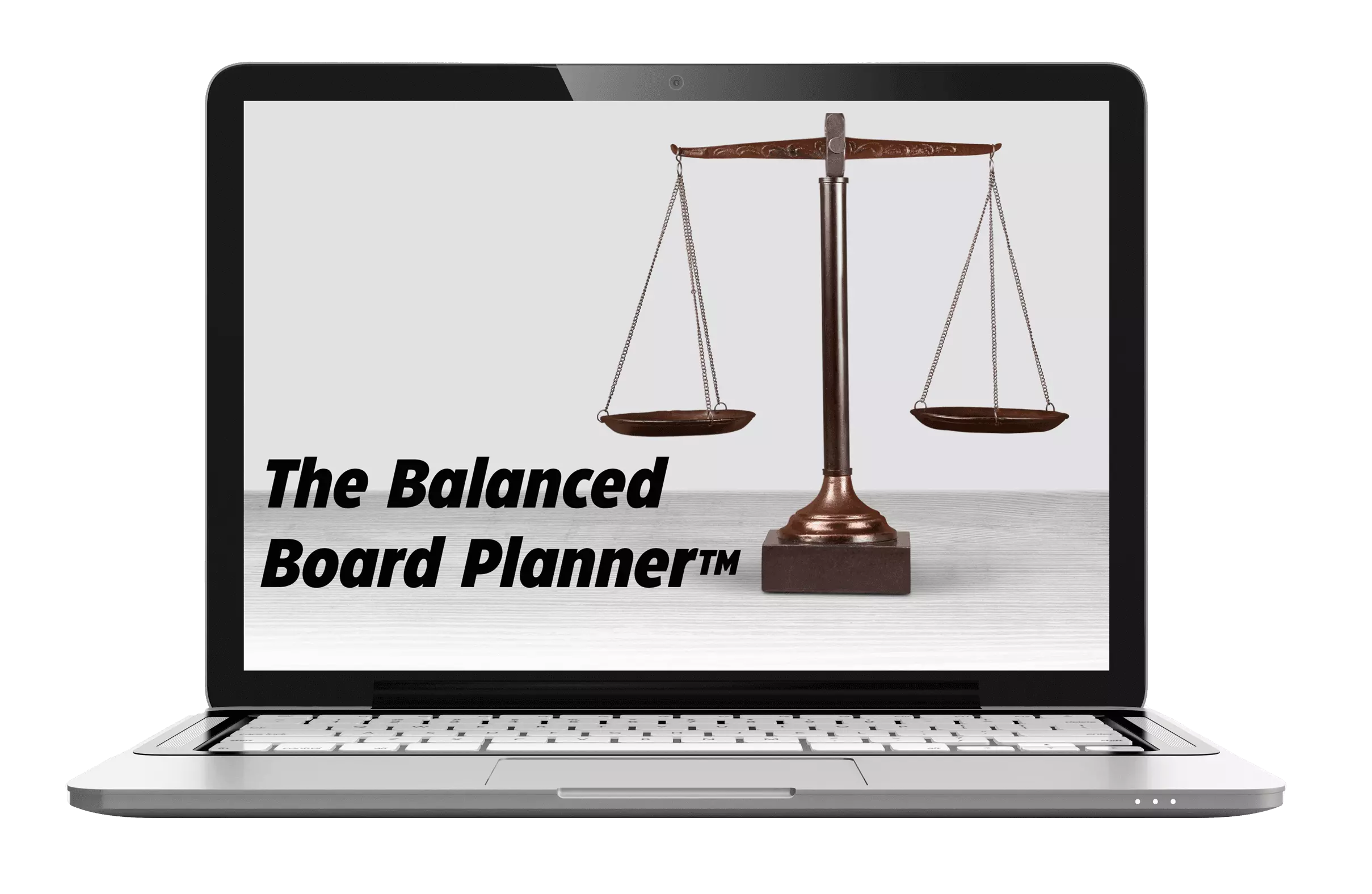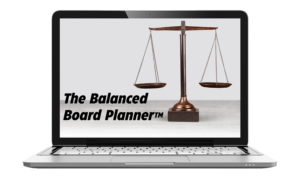Does everyone on the board of your organization understand the real purpose of board succession planning? Or do some of your board members think board succession planning is a way “to get rid of them”. I want to tell you a story about a common misconception regarding the purpose of board succession planning and how it can affect your board of directors.
You’re Trying to Get Rid of Me!
A few board members at an organization got together and noticed that their board was beginning to age. So, they decided that they needed to start doing board succession planning. However, they got a lot of push back from some of the other board members. They were worried, and they said “you’re just trying to get rid of me”.
What the organization had been doing in the past was just dealing with turnover as it happened. They were able to do this since a lot of the board members had been on the board for a long time, and very little turnover was happening. However, as the board continued to age, more turnover became inevitable.
Finally, the board members who were pushing back on the idea of board succession planning relented. So, the board decided to hire a succession planning consultant to help them through the process.
The Process
The first part of the board succession planning process is for the board to think about all of the competencies that they would like represented on their board. So, all of the board members developed a list of competencies for their board.
Then, the consultant asked them to rate their personal expertise on those competencies. There were four levels: 1) I have no expertise in this competency, 2) I have basic expertise in this competency, 3) I have advanced expertise in this competency, and 4) I have expert expertise in this competency.
When everyone finished rating themselves on the competencies, the consultant showed the results to the rest of the board.
A Surprise!
To the entire board’s surprise, a lot of the skeptical board members had rated themselves either advanced or expert in every single competency – which everyone knew wasn’t true. When the consultant asked those skeptical members why they would do that, a lot of them said that they thought if they rated themselves any lower they would be pushed off the board during the succession planning process. The other board members and the consultant finally understood why those members were skeptical of the board succession planning process. They explained to those skeptical board members that they were not trying to get rid of them!
Questions to Consider
- Do you think that there is a culture of trust and respect present on this board?
- Do all of the board members actually understand the purpose of board succession planning?
- How are the ratings of the skeptical board members going to help the board in the future? Remember, those board members rated themselves at an advanced/expert level for all competencies. So, will the board know what competency gaps they have when people leave the board?
What You Can Do
- Ensure that you have a culture of trust and respect on your board.
- Ensure that all board members are involved in the board succession planning process and that everyone is being heard!
- Ensure that all board members understand the purpose of board succession planning.
The Real Purpose of Board Succession Planning
Board succession planning is not about pushing out older or long-term board members. It also is not about judging board members on their skill level for each competency.
It really is about making sure that your organization has a transition plan for inevitable turnover, and ensuring that you know what competencies you should look for when recruiting new board members.

Download The Balanced Board Planner™
Make Sure your Board is Ready!
Download our comprehensive guide to board succession planning. This planner outlines examples of board turnover issues, explains the board contribution curve, and provides a checklist to ensure your board is always balanced.



